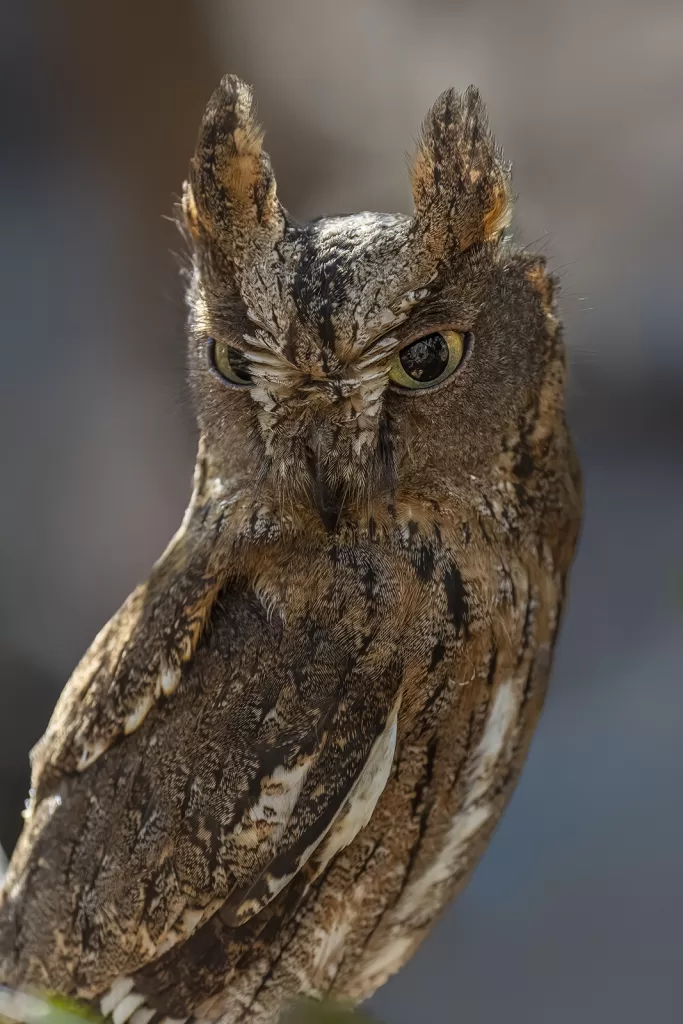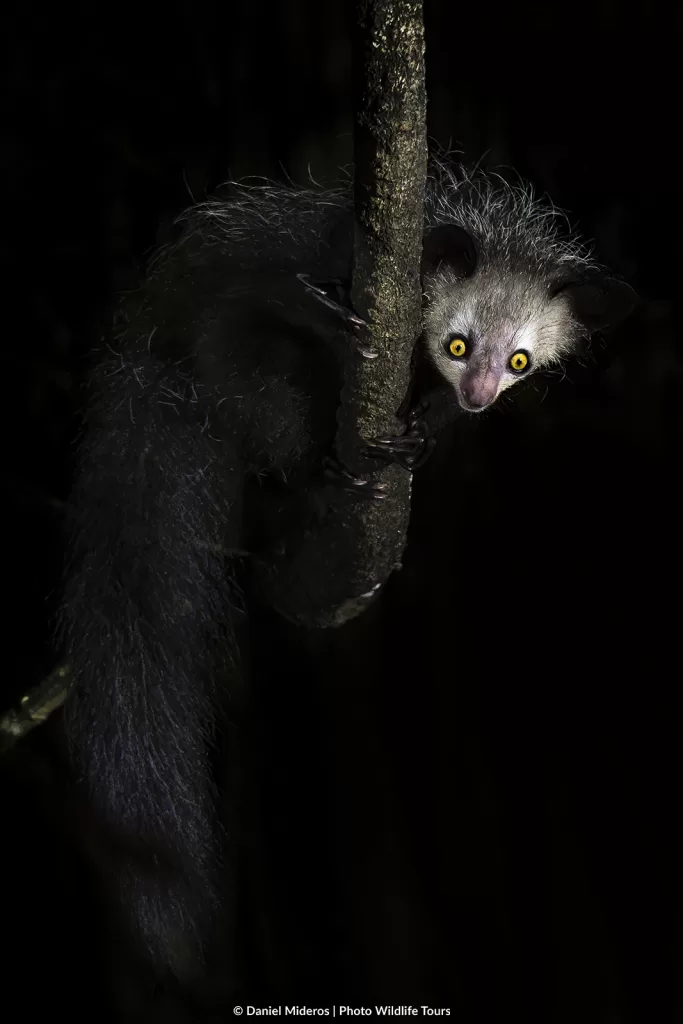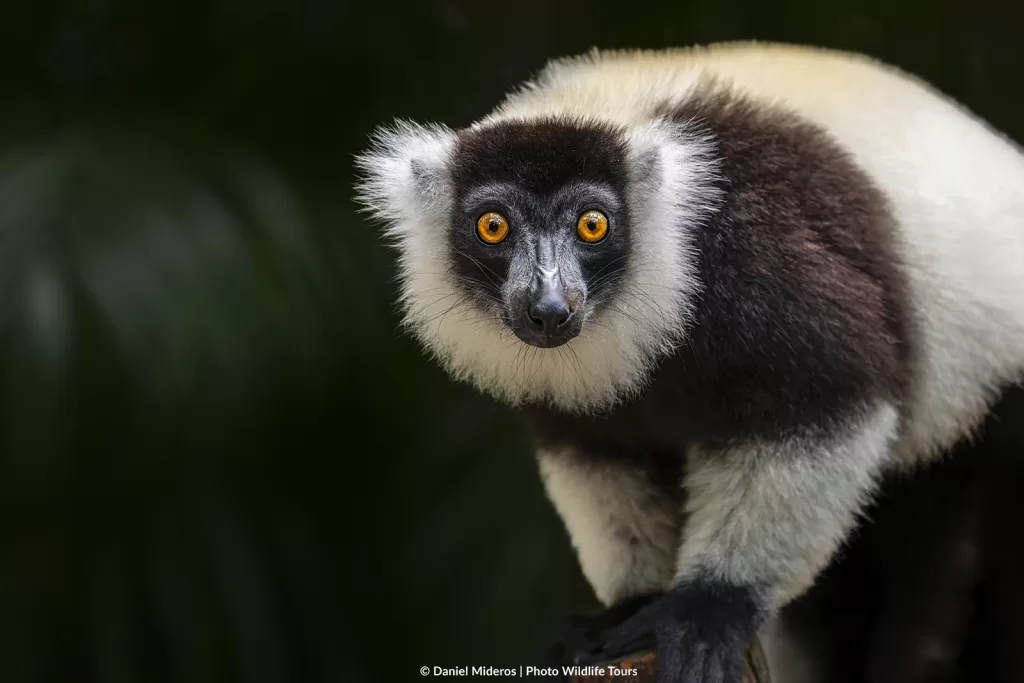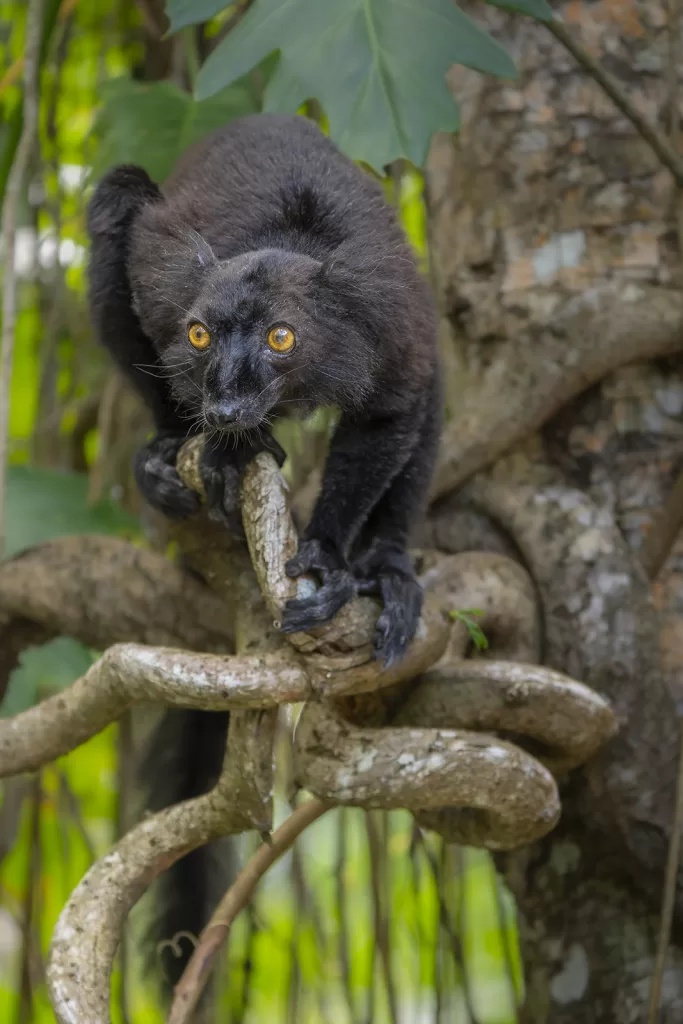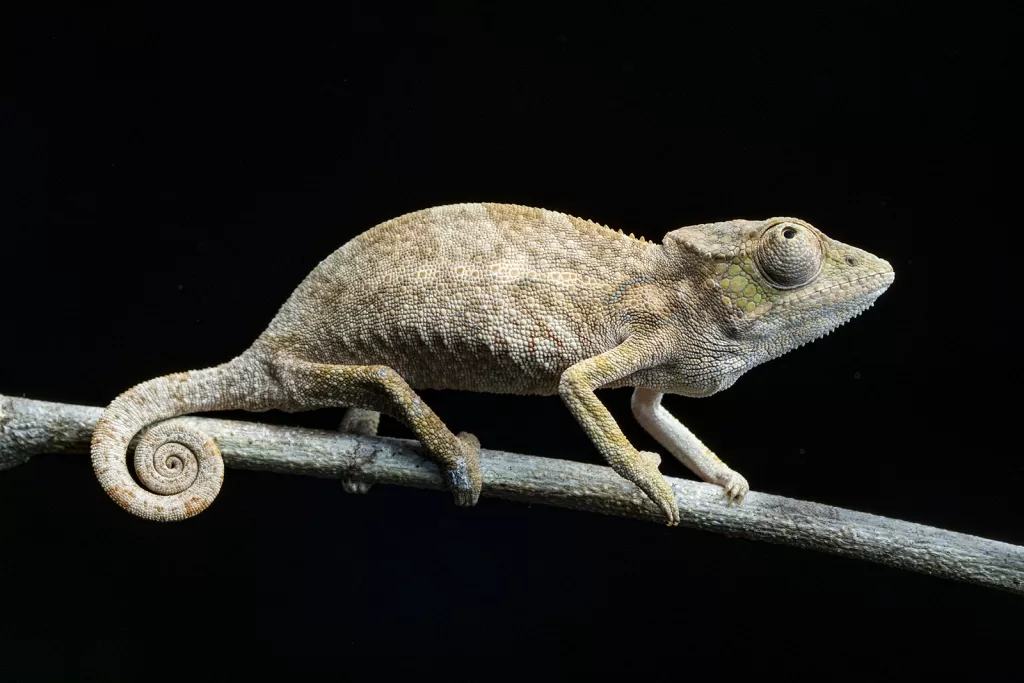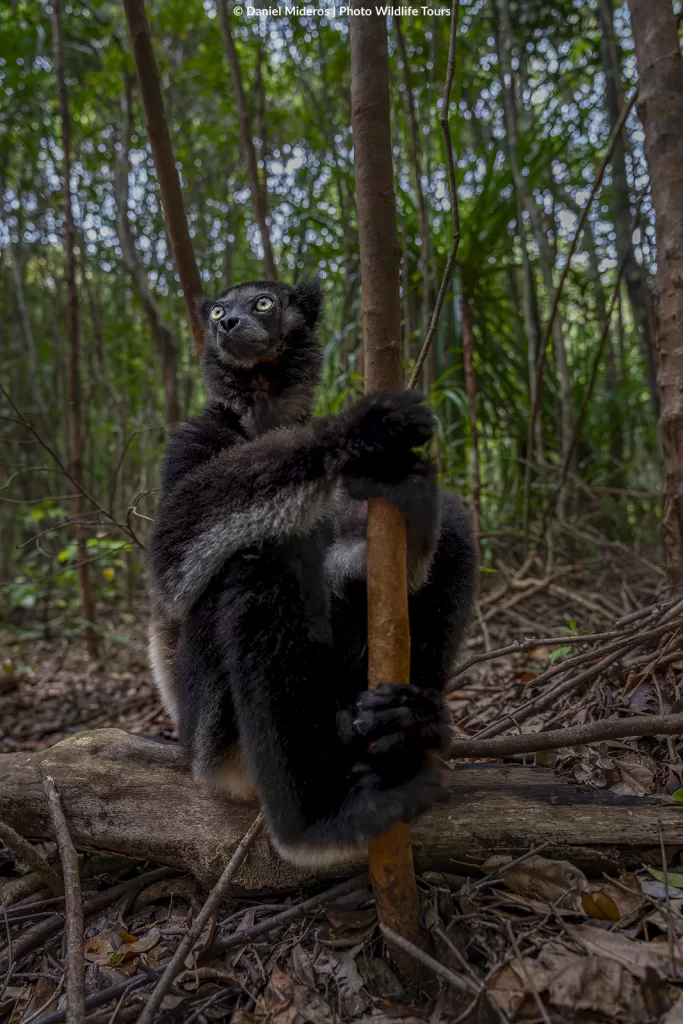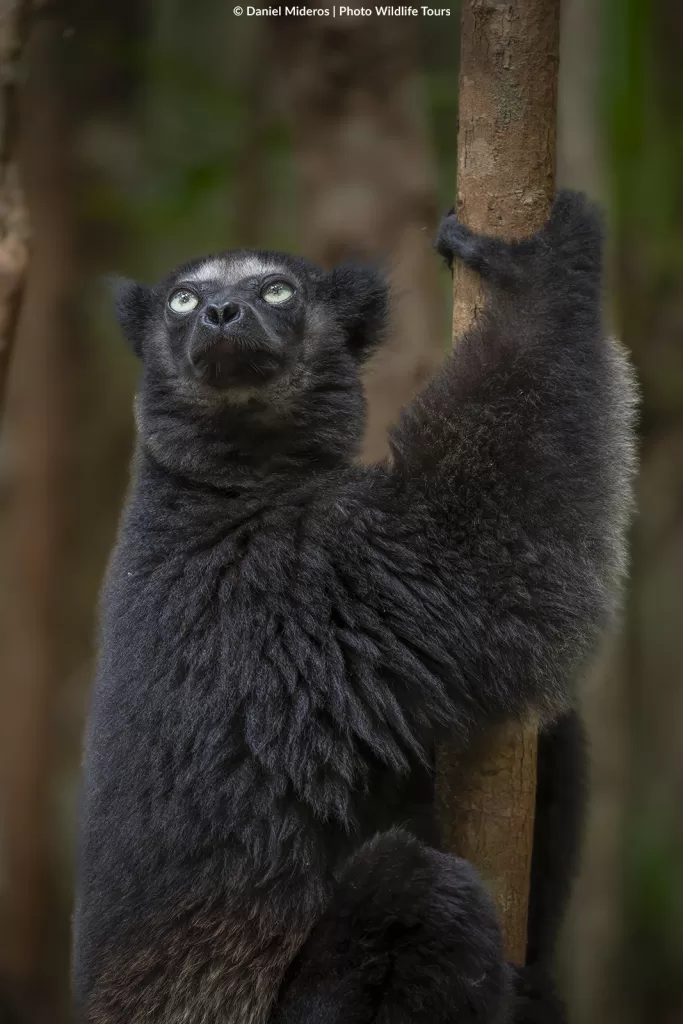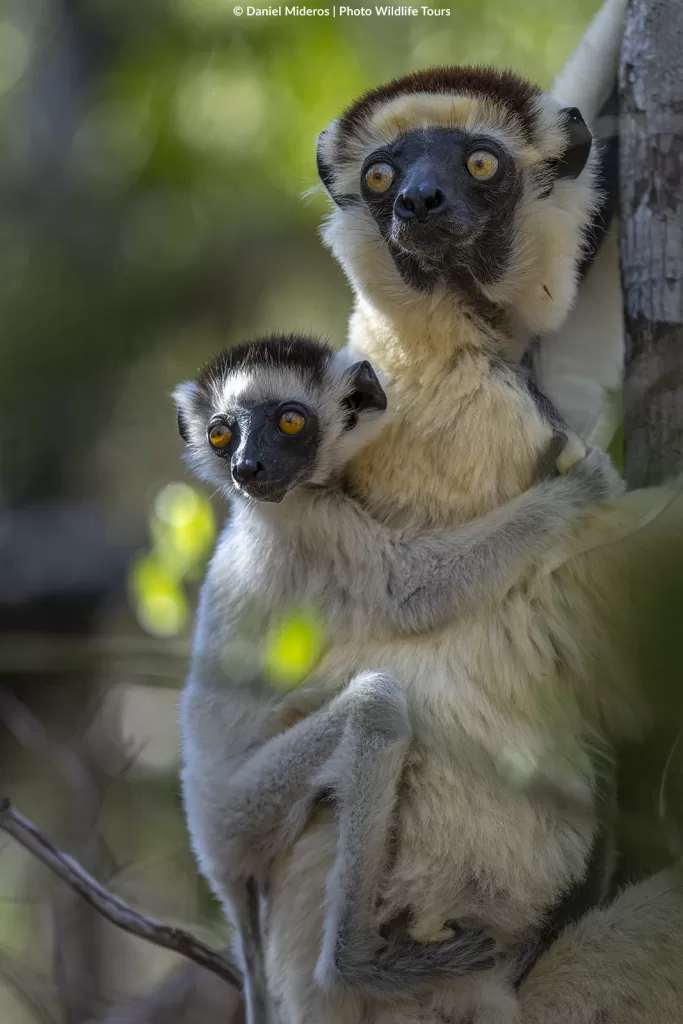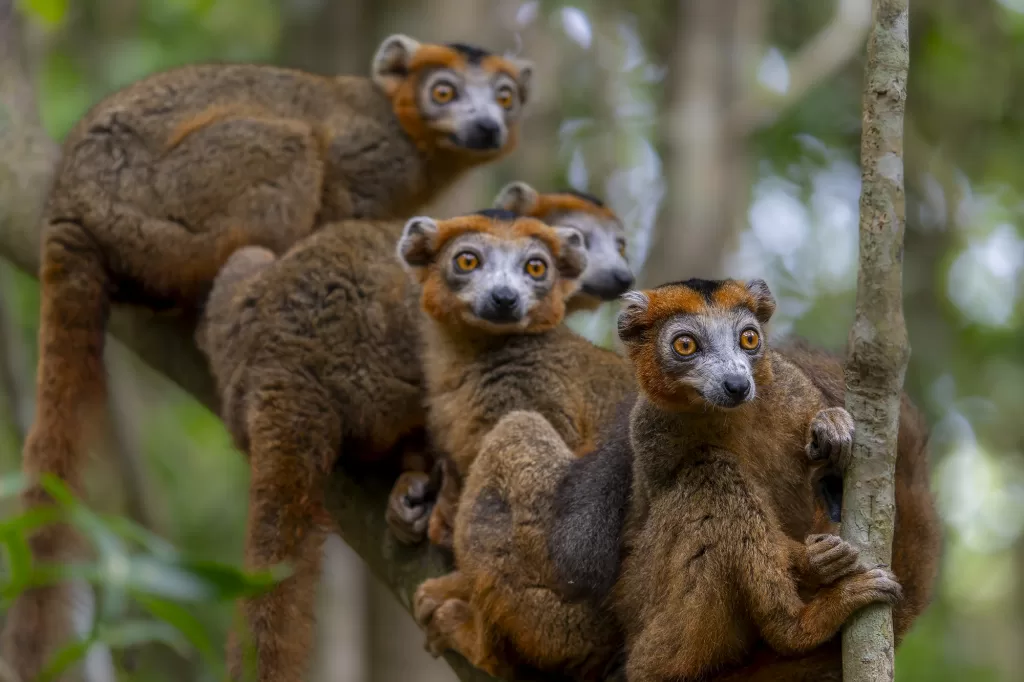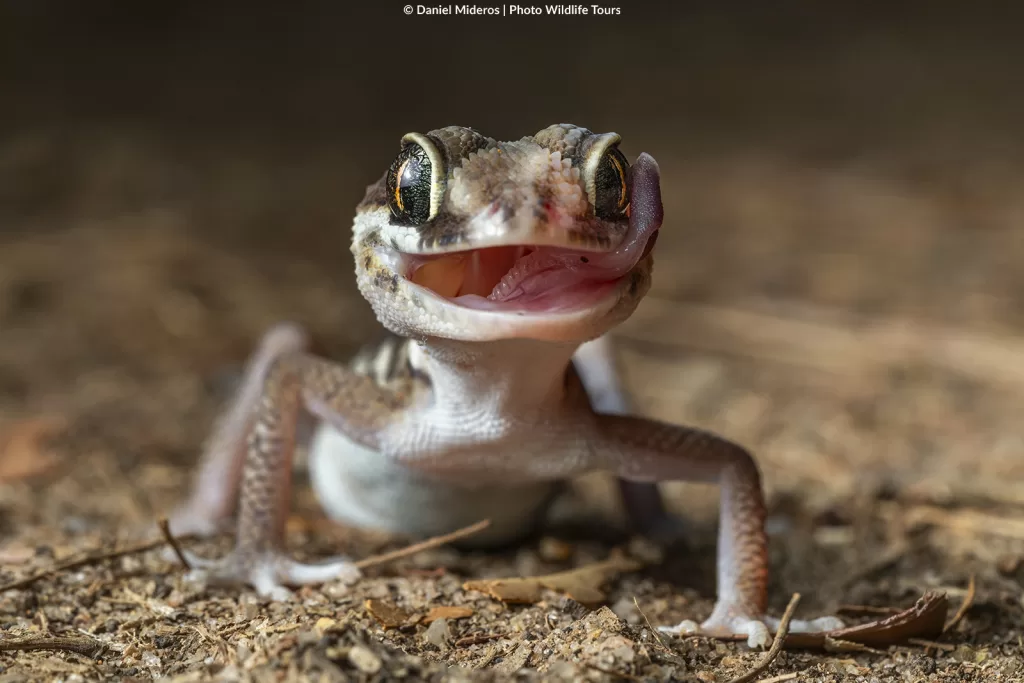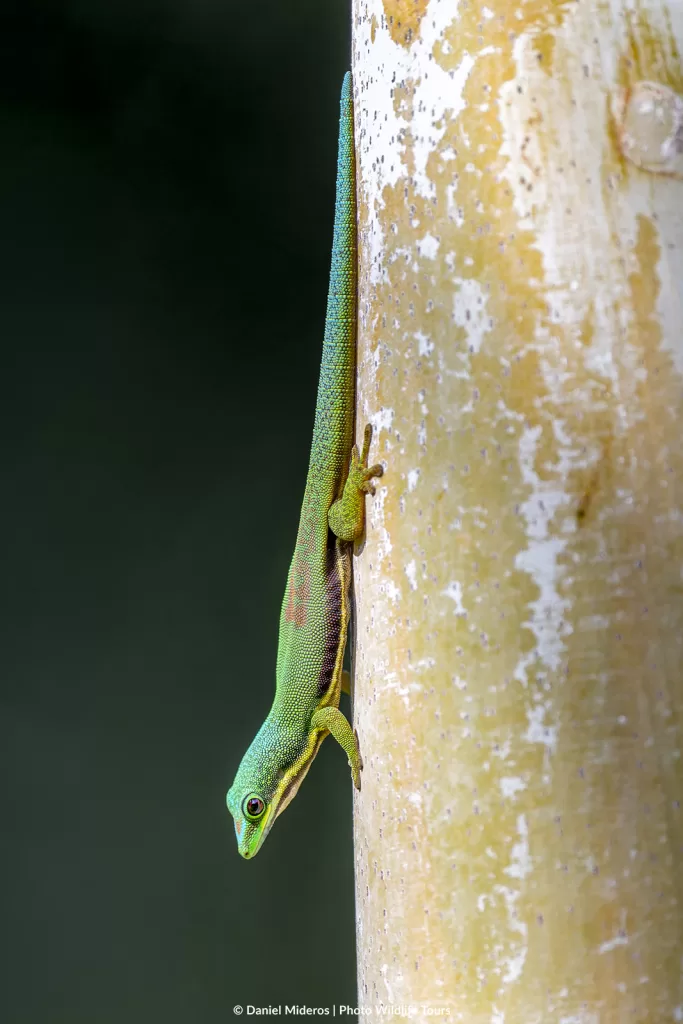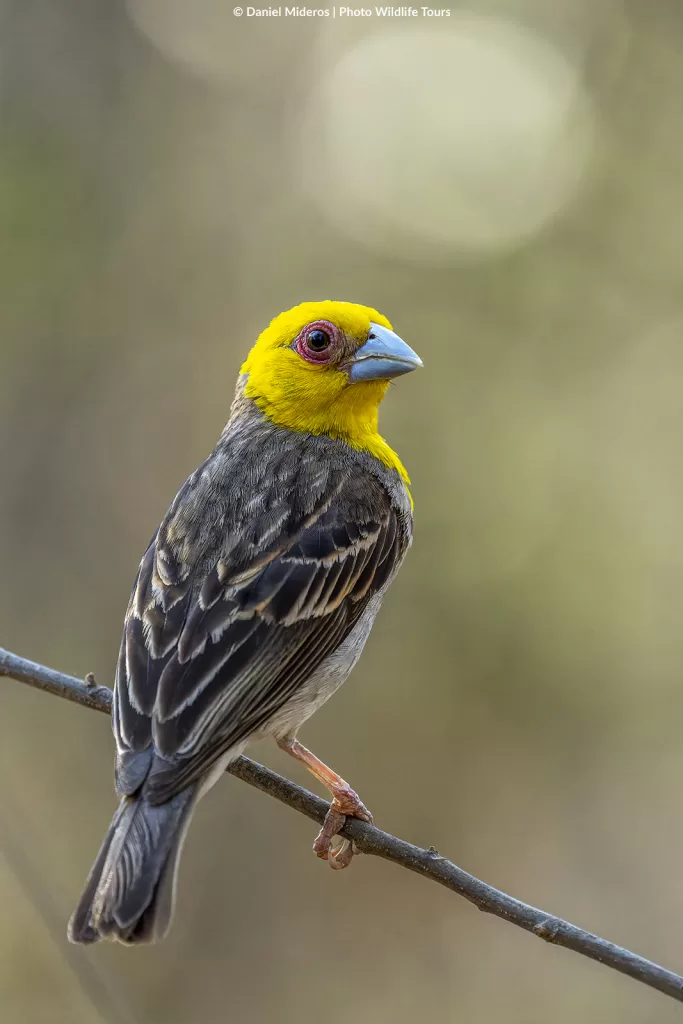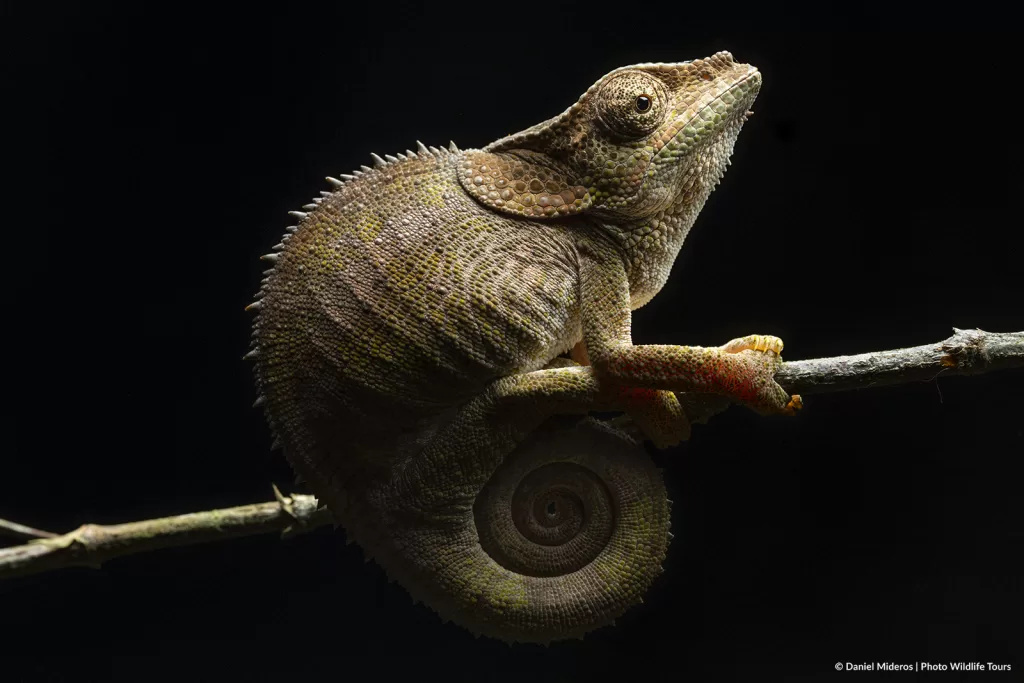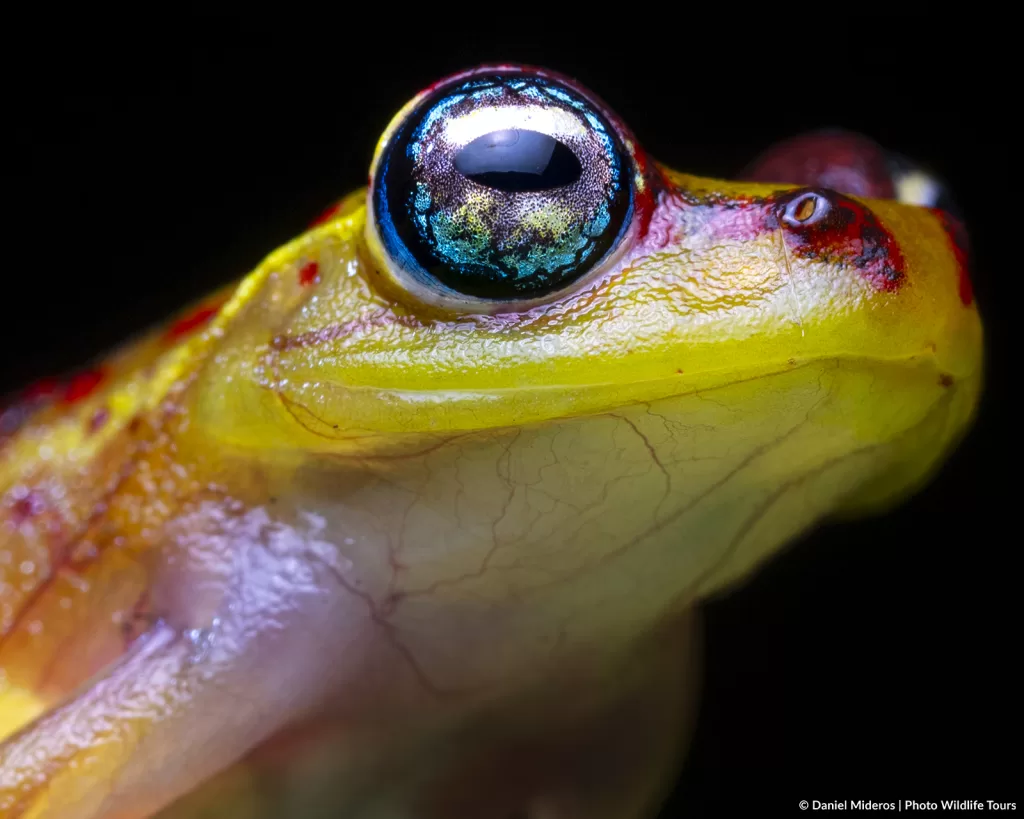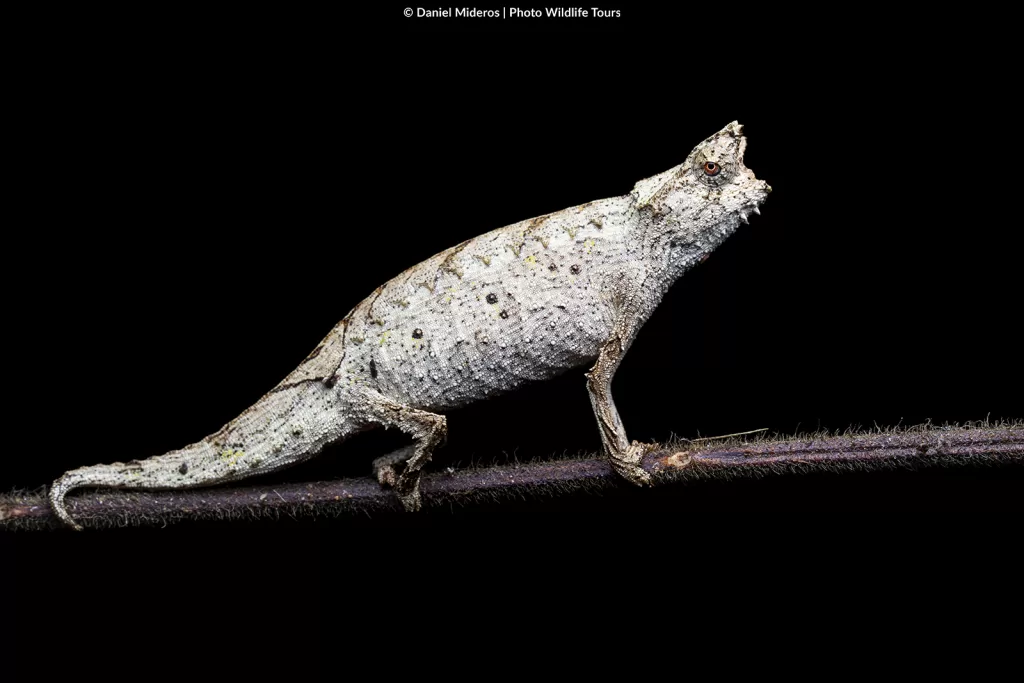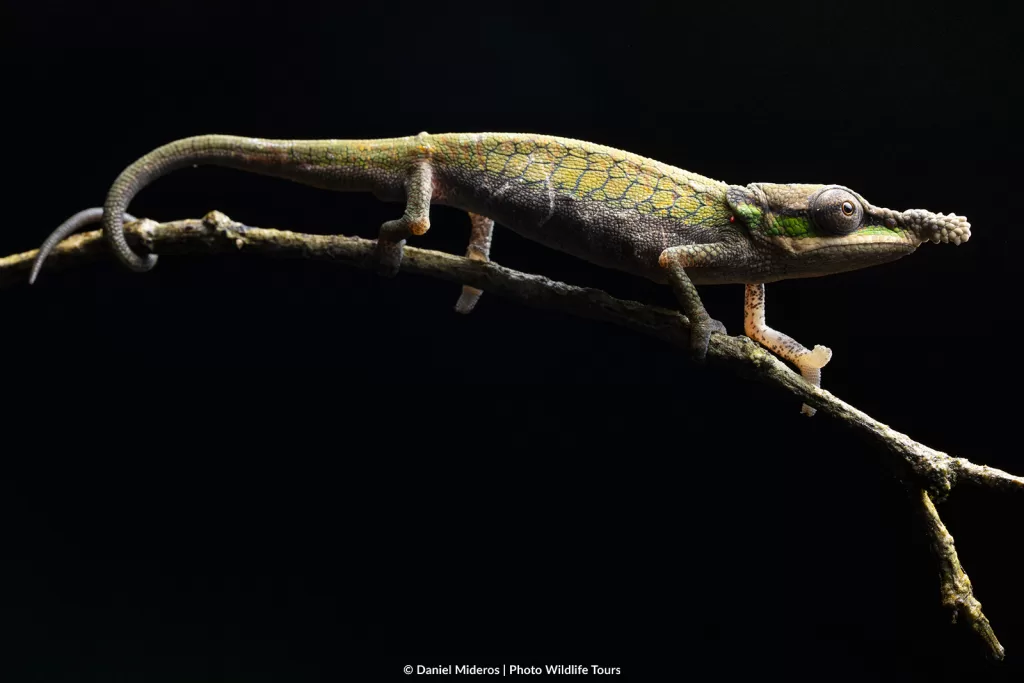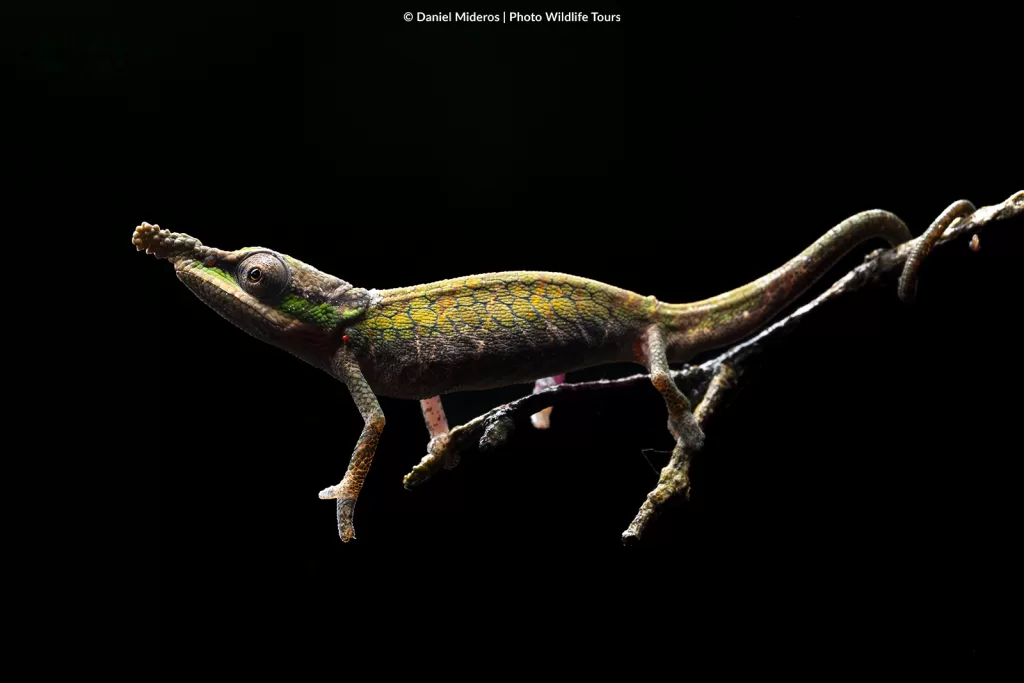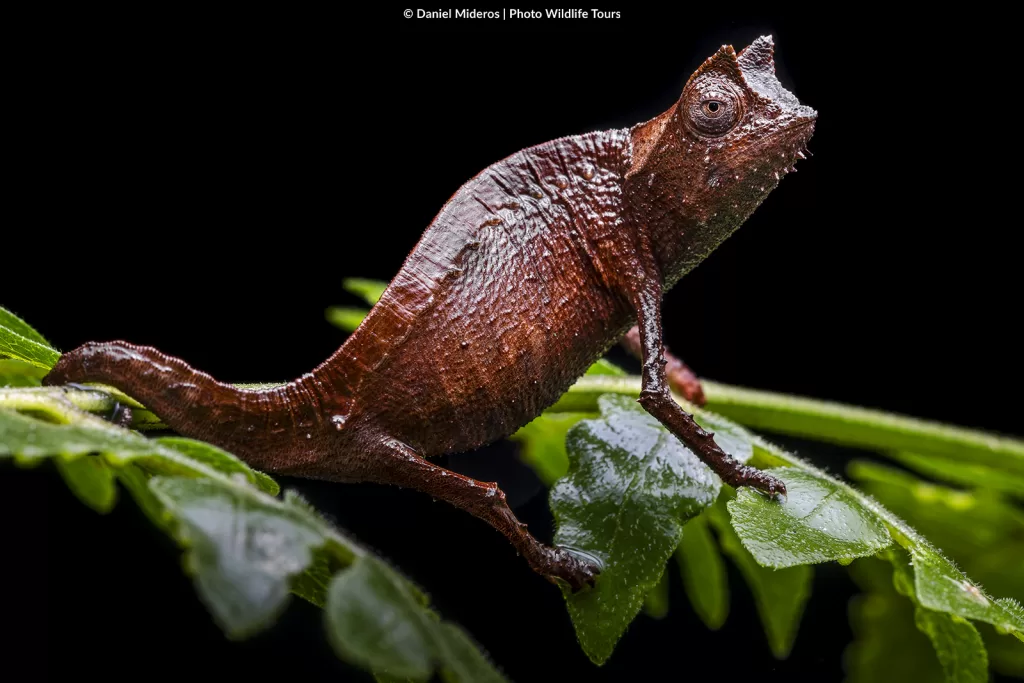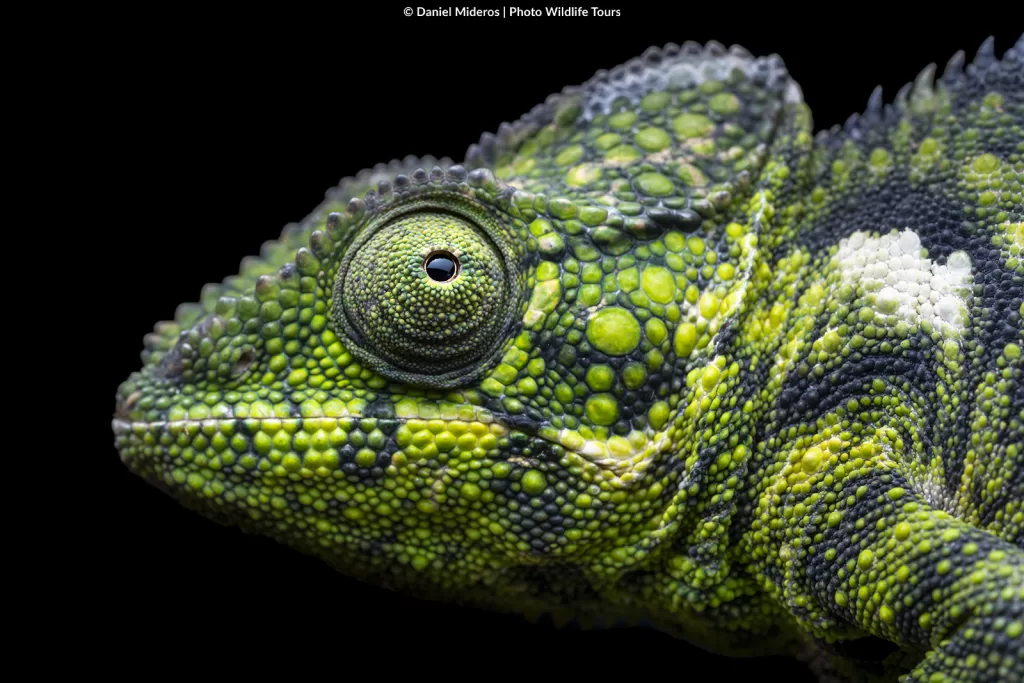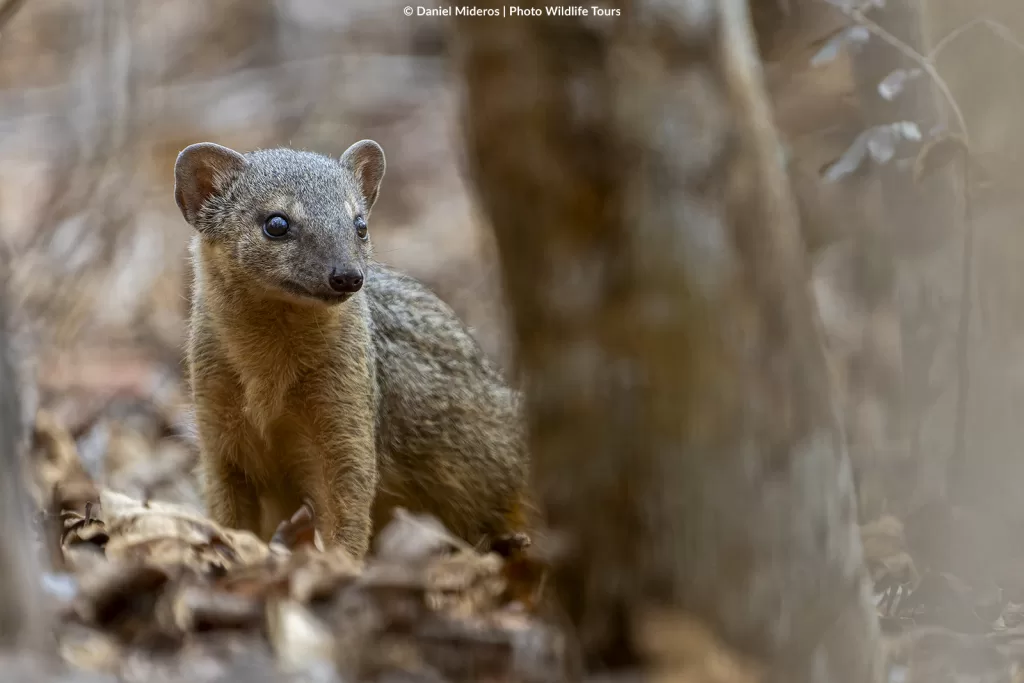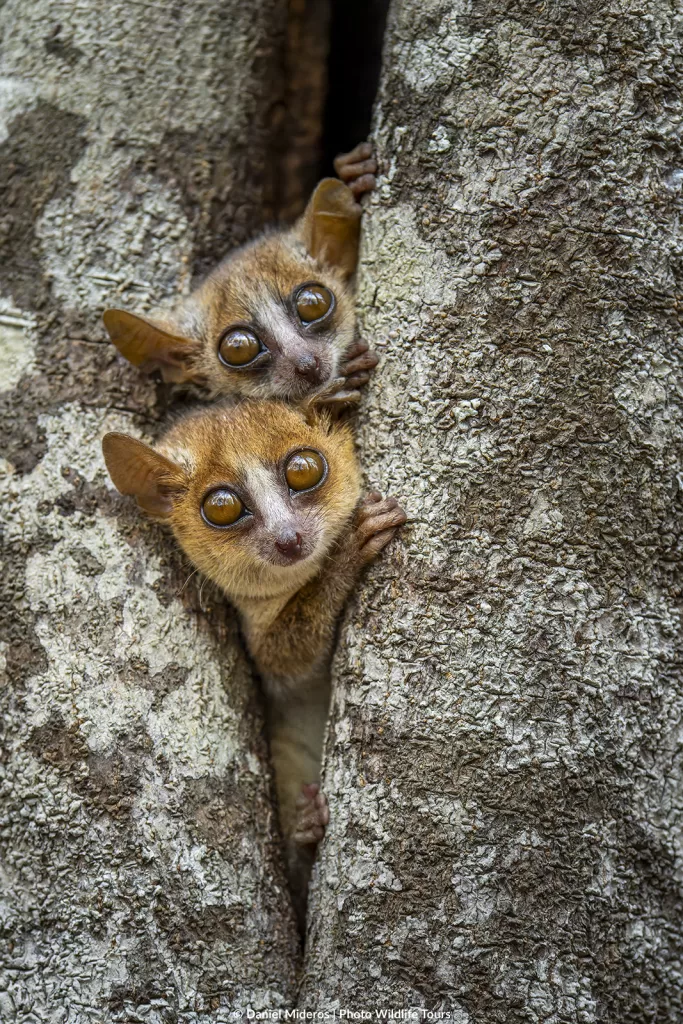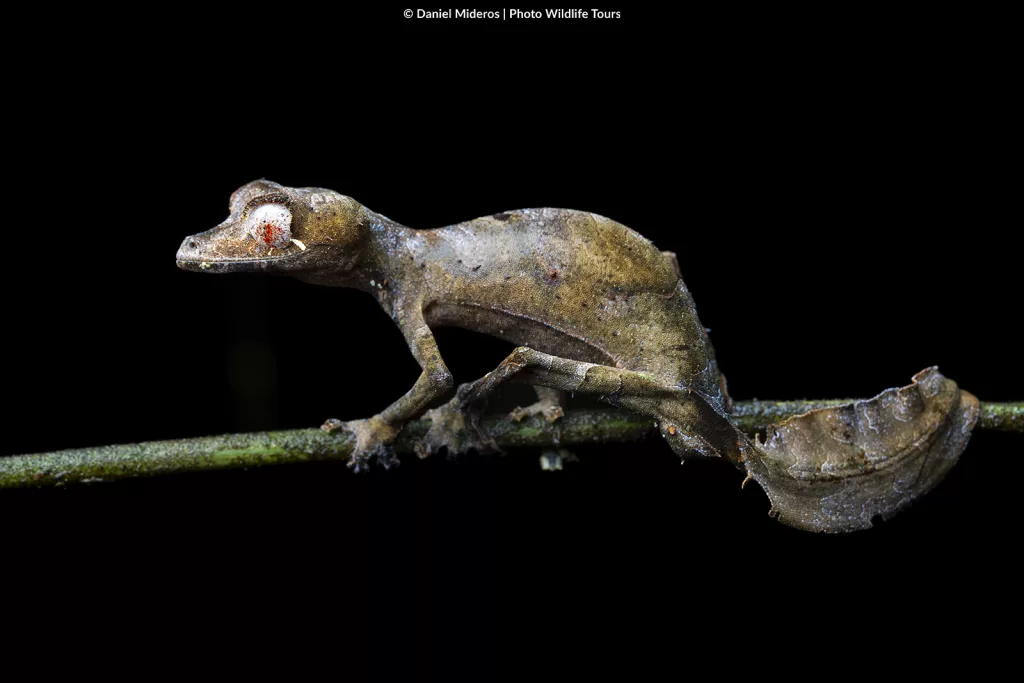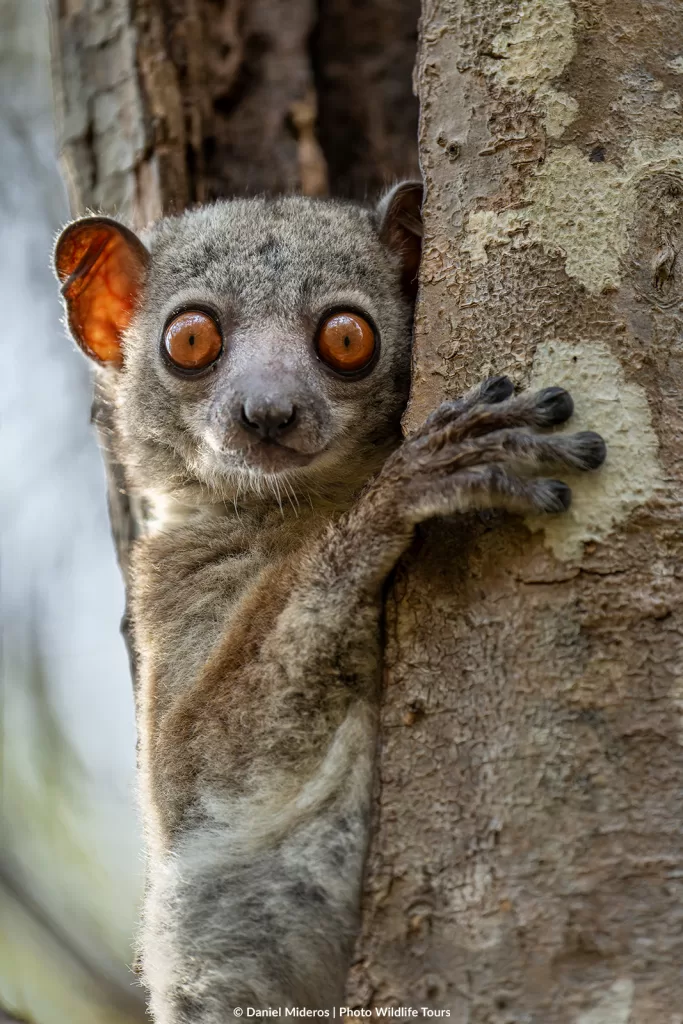Madagascar Photo Tour
Scroll down
About the Tour
Madagascar is a micro-continent of superlatives. Nearly 90% of the flora and fauna found here are endemic, meaning the animals and plants inhabiting this island are unique to Madagascar.
For a nature and landscape photographer, having enough time is the ultimate luxury. With plenty of time and only four guests, we embark on this journey with the best opportunities to explore Madagascar’s flora and fauna across six different reserves and national parks.
Date
December 2025
Activity level
Medium
Available spaces
6
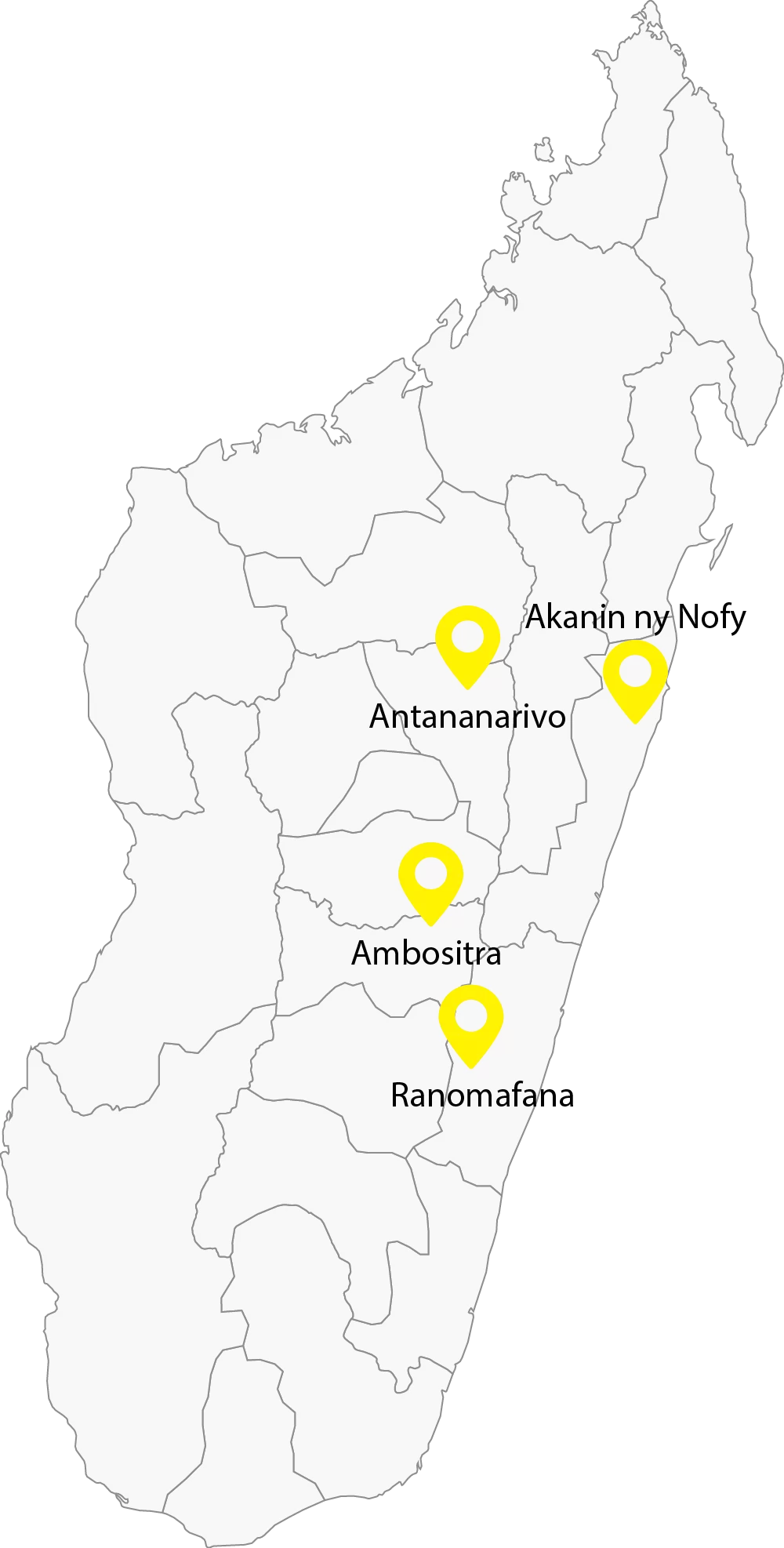
Itinerary
Day 1 | Arrival in Antananarivo
Welcome to Antananarivo! Upon arrival at Ivato Airport, our team will greet you and take you to your hotel. Here, you can relax after the long journey.
Accommodation: IC Hotel
Day 2 | Antananarivo – Ambositra
From Antananarivo, we travel through the southern highlands to Antsirabe, where we’ll enjoy lunch before continuing to Ambositra, the wood-carving capital of Madagascar.
Accommodation: Hotel Artisan
Day 3 | Ambositra – Ranomafana
Today, we take a winding route to the rainforests of Ranomafana. Along the way, there will be time to photograph landscapes and wildlife.
Accommodation: Hotel de Therme
Day 4 | Ranomafana
After breakfast, we’ll venture into the rainforest. During our excursion, we hope to spot the “golden bamboo lemur” and Edward’s sifaka. This forest is also home to a wide variety of amphibians and reptiles, such as the satanic leaf-tailed gecko, which, though difficult to find, offers an exceptional photographic opportunity when spotted.
In the evening, we’ll embark on a night visit along the road—the perfect spot for herpetological exploration.
Accommodation: Hotel de Therme
Day 5 | Ranomafana
We return to the rainforest today, this time visiting the waterfall. We also hope to find lemurs and a diverse array of reptiles and amphibians.
In the afternoon, we’ll focus on Parson’s chameleons, which can be found near Ranomafana. In the evening, we’ll have another night walk along the road to continue our herpetological exploration.
Accommodation: Hotel de Therme
Day 6 | Ranomafana – Antsirabe
After breakfast, we return to the highlands. In Antsirabe, you’ll have the chance to visit various artisan workshops or enjoy a pousse-pousse ride through the town.
Accommodation: Hotel Voyageur
Day 7 | Antsirabe – Andasibe
Today, we travel about 280 kilometers east to the last rainforests of Andasibe and Mantadia. These forests are home to the “Indri,” Madagascar’s largest lemur, and the special diademed sifaka. Additionally, this region is rich in reptiles and birds, offering a true delight for nature lovers.
Accommodation: Feony Ala
Day 8 | Andasibe
We’ll visit Analamazaotra National Park today, home to the largest lemur in Madagascar, the Indri, and the most beautiful, the diademed sifaka. During our walk, we’ll also see chameleons and, with luck, leaf-tailed geckos.
Accommodation: Feony Ala
Day 9 | Andasibe
Today, we’ll explore the Maromizaha forest. Despite its proximity to Andasibe, this forest receives little attention but is home to extremely rare chameleons such as Calumma roaloko, recently discovered, and Calumma malthe, a stunningly beautiful species.
We’ll also find vibrantly colored frogs, such as Boophis boehmii, and extraordinary birds like the blue coua and the blue vanga.
Accommodation: Feony Ala
Day 10 | Andasibe
After breakfast, we head to the Voimana Reserve. Access is a bit adventurous, but the wildlife found here is truly special. This forest is home to the world’s largest chameleon as well as the Pinocchio chameleon.
This area is teeming with life and is an excellent location for macro photography. Be sure to bring plenty of batteries and memory cards!
Accommodation: Feony Ala
Day 11 | Andasibe – Akanin’ny Nofy
After breakfast, we continue to the east coast. Around midday, we arrive at Lake of the Kings and board our motorboat, which will take us 28 kilometers along the Pangalanes Canal to our next destination.
Akanin’ny Nofy means “Nest of Dreams,” and it truly is!
Accommodation: Palmarium Hotel
Day 12 | Akanin’ny Nofy
By breakfast, everyone’s cameras will already be ready. The photographic opportunities in this area are abundant.
After breakfast, we’ll explore the forest filled with lemurs, colorful chameleons, and fascinating frogs. You’ll have the freedom to photograph at your own pace. The subjects are numerous and almost always close by.
In the evening, we’ll take a night excursion to Aye-Aye Island to encounter the world’s strangest lemur: the Aye-Aye.
Accommodation: Palmarium Hotel
Day 13 | Akanin’ny Nofy
We’ll rise before dawn to photograph local fishermen navigating the dangerous waves of the Indian Ocean in the best light. After this spectacular photo session, we’ll have breakfast and return to the forest for more lemur photography.
In the evening, we’ll once again head by boat to a small island to spot the Aye-Aye.
Accommodation: Palmarium Hotel
Day 14 | Akanin’ny Nofy – Antananarivo
After breakfast, we bid farewell to the many lemurs and begin our return to the capital. This is a long journey, with a lunch stop in Andasibe. After lunch, we continue onward, arriving in Antananarivo by evening. We’ll enjoy dinner at Raphia Restaurant, specializing in Indian cuisine.
Accommodation: Feony Ala
Day 15 | Antananarivo
Today, we can visit the crafts market to purchase spices and souvenirs (optional). Afterward, we’ll head to the airport and bid farewell to Madagascar.
Day-use accommodation: IC Hotel
Featured sightings
USD: Coming soon
Included
- Transfers to and from the airport in Madagascar (arrival and departure).
- All nights’ accommodation during the tour.
- Breakfast, lunch, and dinner.
- Guide throughout the trip.
- Driver, vehicles, and fuel.
- Transport by boat, train, or ferry.
- Entrance fees to planned destinations, protected areas, and national parks.
- Local guides in national parks, reserves, and other protected areas.
- Port fees (for island crossings).
- Travel insurance policy by R&V insurance company.
- Single supplement: +USD 800
Not included
- Long-haul international flights and domestic flights.
- Drinks and water.
- Personal hotel expenses (e.g., laundry service).
- Tips.
- Individual excursions not included in the itinerary.
- Travel insurance (international health, accident, luggage, repatriation, trip cancellation).
General tips
To enhance your experience, it’s important to keep in mind some key factors that will make your stay in Madagascar smoother:
- If you enjoy bringing souvenirs back home, we advise carrying extra cash to purchase items in the various localities we will visit (the local currency is the Malagasy ariary). We recommend exchanging approximately 1,600,000 MGA (around 400 EUR) on the first day at the hotel. In Madagascar, except in Palmarium, credit cards are not accepted.
- Mosquito repellent (essential due to the presence of insects).
- Sunscreen.
- Long-sleeved clothing and a buff to protect yourself from the sun and insects.
- Hat or cap.
- Flashlight (preferably head-mounted) for night walks.
- Cloth bag for wet or dirty clothes.
- Water bottle for drinking water, as staying hydrated is key.
- Comfortable and sturdy trekking shoes, ideal for uneven trails and varied terrains.
Photographic equipment
As photographers, we know how challenging it can be to decide how much gear to bring, as we always want to pack everything to make the most of the experience. Below are our recommendations for the type of equipment to bring:
- Wide-angle lens (24-70 range).
- Zoom lens, 200-600 mm range.
- Rain cover for your equipment.
- Tripod.
- Flashes and macro equipment.
- Extra batteries and memory cards.
- Battery charger.
- Cleaning kit.
- Plug adapter if using international chargers.
Clothing
October to December is an ideal time to visit Madagascar, as it still falls within the dry season, with mostly warm and pleasant weather. Rainfall is rare during this time, though temperatures may rise toward the end of the period.
During the day, wear lightweight and breathable clothing, such as long-sleeved shirts and pants, to protect yourself from the sun and insects. A wide-brimmed hat, sunglasses, and trekking boots are essential, especially if you plan to explore trails or natural areas.
For mornings and evenings, which can be cool in some regions, bring a light jacket or sweater. Although rain is uncommon, a lightweight raincoat may be useful for unexpected weather changes. Opt for neutral colors to avoid disturbing wildlife, and dress in layers to adapt easily to temperature fluctuations.
Important: Bring sunscreen.
tour leader
He graduated in advertising career at the San Francisco de Quito University.
He worked on his career until 2017, since then he made the decision to live from his passion, nature photography. In the same year he started his own business, Photo Wildlife Tours, in which it is dedicated to wildlife photography tours, and conservation. In addition to other audiovisual projects.
In the year 2022 he became the first Ecuadorian to win a category of Wildlife Photographer of the Year, “Animals in their environment”.
Do you need more information?
- 593 98 904 9567
- [email protected]
- Quito - Ecuador

